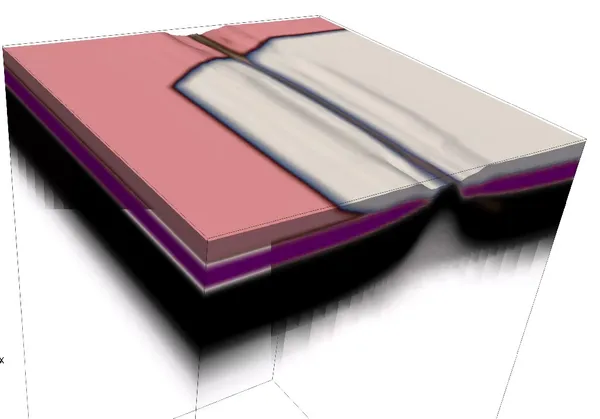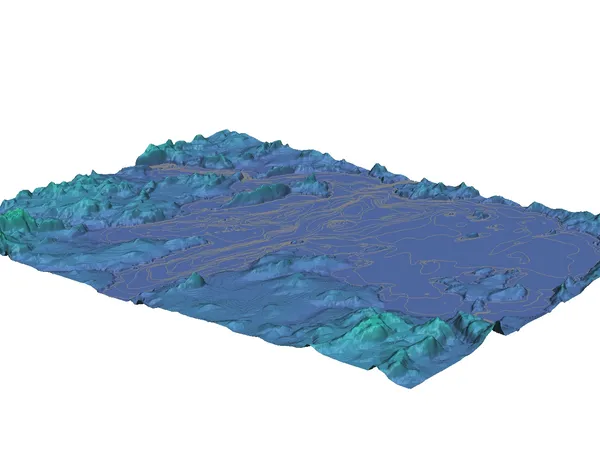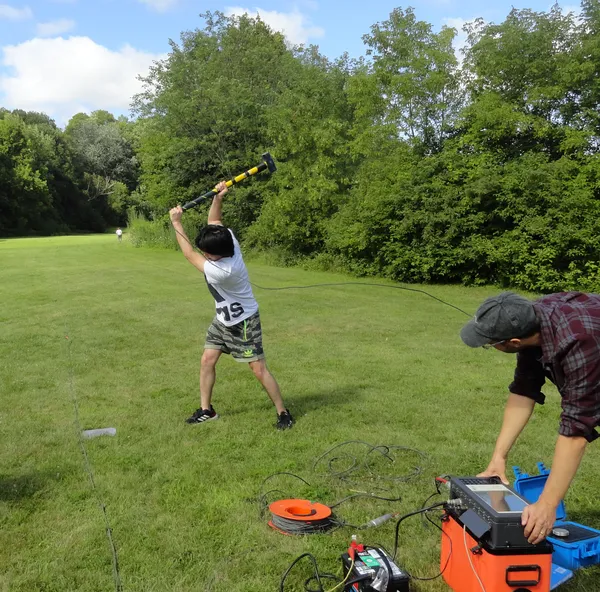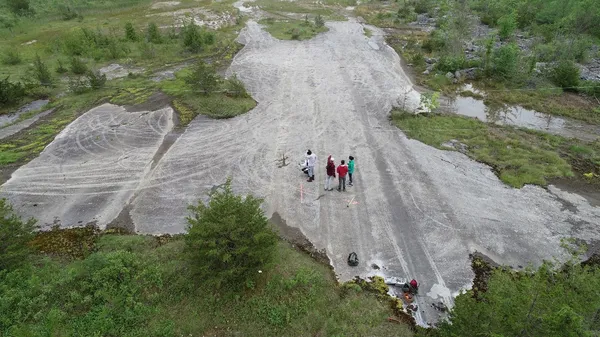
Modelling ancient rifts on supercomputers
About 60 million years ago, a major rift occured in the North Atlantic that separated Greenland, Canada, and Europe. Why a continental fragment of Greenland ended up in Canada remains a geological mystery. Using numerical models, we simulated multiple rock layers of varying properties under millions of years of extension and deformation. This allowed us to explore the impact of old mountain belts on rifting.
See publication

